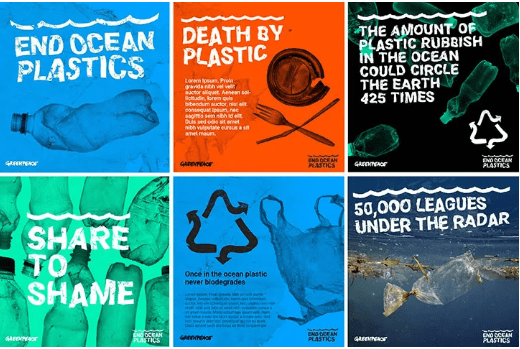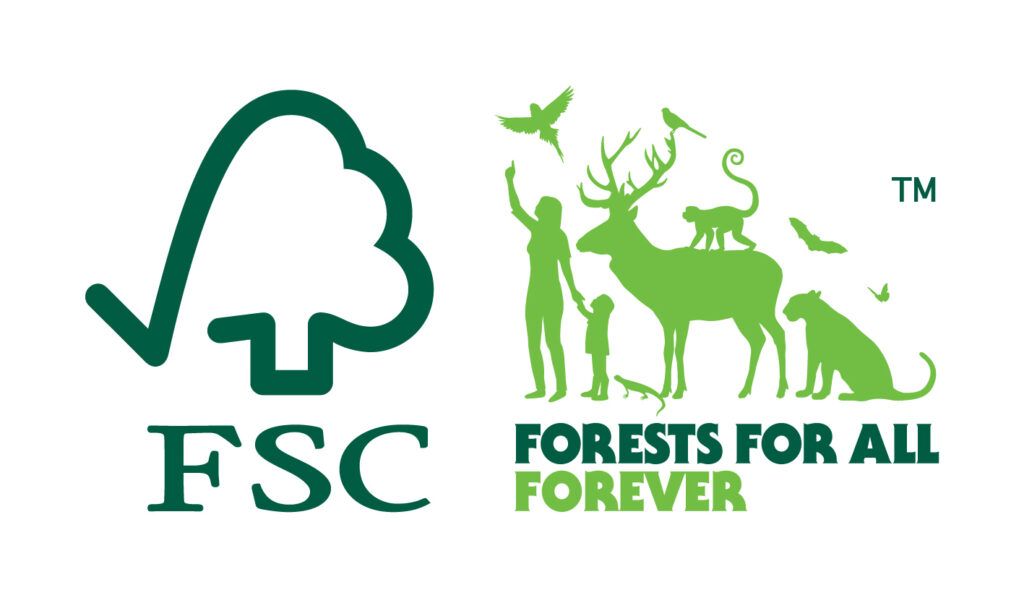Bagasse is the name for the residual fibers that remain after the squeezing of sugarcanes at the sugar production. Usually, they consist of 40 – 60% cellulose, 20 – 30% hemicellulose, and about 20% lignin. Bagasse is primarily found in countries that produce a particularly high amount of sugar, for instance Brazil, Vietnam, China or Thailand. Even though bagasse is a so-called by-product, many people see it as a waste product because in the past, bagasse was mainly used as a fuel for the production plants. Even today, a part of the bagasse is still used for the factories’ ovens. But since humans have started to recycle materials, bagasse’s value was also increased. Nowadays, it is used for the production of building materials, packaging materials, and disposable tableware. The paper industry has also started to replace wood fibers with sugarcane fibers to produce napkins, toilet paper and cardboards.
From sugarcanes to sustainable tableware
Sugarcanes (Saccharum officinarum) belong to the family of sweet grasses and grow in tropic and subtropical climate zones. The plants are 3 to 5 meters in height and their stem has a diameter of 2 – 4,5cm. Here, we can also find what makes the plant so special: the sugar (mainly sucrose). Sugarcanes do not only owe their name to the sugar but also their publicity and popularity throughout the world. They are the most important raw-material supplier for the production of (retail) sugar. For this purpose, the sugarcanes are harvested, collected, and squeezed in order to produce sucrose or sugarcane juice. 100 tons of sugarcanes generate about 10 tons of sugar and 34 tons of valuable bagasse.
Instead of burning this “waste product”, our manufacturers increase the material’s value and produce eco-friendly disposable products. In the following, we explain the necessary steps to convert bagasse into sustainable products.
Production steps of bagasse products:
The residual sugarcane fibers are stored wet in order to remove short fibers and residual sugar because they may hinder the further processing.
The bagasse is blended with water until the compounds have developed into a pulp.
Biodegradable bleachers are added. In this step, it is also possible to add further additives. But since we want to have a product that is as natural as possible, our manufacturers forgo this step!
The pulp is poured into a form and pressed into the desired shape by the aid of high temperatures and pressure.
Ready to go! The bagasse plates, bowls, and containers are ready for transport and shipping and cannot wait for their application in your company.
Sustainability: From nature and back to nature
Sugarcane is a very fast renewable resource for which no trees have to be cut down. As a by-product of the sugar production, bagasse does not require additional cultivation areas and has no impact on the area of forests. On the contrary: It is actually a sustainable and eco-friendly alternative to conventional paper production because the bagasse paper production wastes much less energy than the wood paper production.
After their usage, products that are made of sugarcane end up in the trash bin, sometimes eve in open nature. But thanks to their biodegradability (certified according to US ASTM), the products decompose relatively fast and turn into soil. This soil may be used as breeding ground or fertilizer for new plants and the cycle is closed.
Since already mentioned, bagasse is not only used to produce tableware. The factories often use it as fuel. However, this process is significantly more environmentally friendly than the incineration of fossil fuel because the incineration of fossil fuels does not only release CO2 but also hazardous substances such as carbon monoxide and particulate matter.
Special characteristics of bagasse products
• Very stable, sturdy and not very flexible
• Good thermal property: suitable for temperatures from -25°C to 220°C;
• Water repellent and grease-proof: also suitable for hot and very oily/greasy dishes
• Completely biodegradable & compostable
Many restaurants have replaced their plastic and styrofoam packaging, partly even their disposable tableware, with eco-friendly bagasse products. By choosing bagasse packaging and tableware, you also engage in the reduction of disposable plastic packaging. If you are interested in this particular material, then feel free to take a look at our products.



